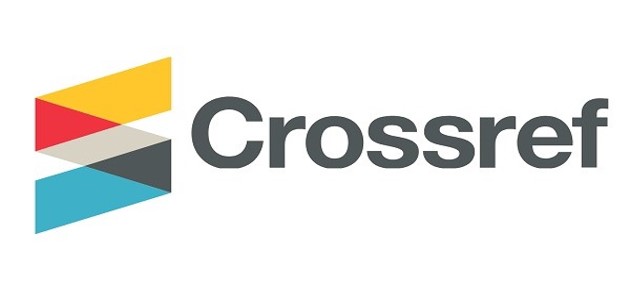Evaluation of Wild Almond Genotypes Grown as a Rain-fed Crop in Sulaimani Governorate using RAPD and ISSR Markers
DOI:
https://doi.org/10.36077/kjas/2023/v15i1.10214Keywords:
Ovary Tissue, Alcoholic Extract, QuailAbstract
Almond is considered the most common and essential nut grown in the rainfed area. It has many species wildly distributed in the Iraqi Kurdistan region, which are called Chaqala by local people. To understand and improve the characteristics of the cultivated almonds, a comprehensive study of wild almonds in terms of population structure and genetic diversity is needed to transfer new traits into the domesticated almonds. So, twelve different genotypes were collected and analyzed using random amplified polymorphic DNA (RAPD) and inter-simple sequence repeat (ISSR) markers. The results revealed polymorphic bands for both markers, the mean value of 5.8 for the RAPD marker and 7.8 for the ISSR marker was also documented. The polymorphic information content (PIC) values were obtained for RAPD primes that range between (0.64-0.85) and ISSR primers were also verified between (0.53-0.91), which shows the discriminatory power of these markers. “Jaccard similarity coefficients” were obtained between 0.34 (G11 vs. G12) to 0.77 (G1 vs. G10), and clustered into four groups with a mean similarity (0.65) for ten RADP markers. For ten ISSR markers, 0.35 (G8, G10) to 0.79 (G6 vs. G11) were also observed, which is clustered into a mean similarity (0.65). Structure analysis of RAPD and ISSR showed two major groups. Overall, these outcomes showed the diversity between the studied genotypes and among groups which are highly important for future almond breeding and conservation programs.
Downloads
Downloads
Published
How to Cite
Issue
Section
License
Copyright (c) 2023 Anwar Mohammed Raouf mahmood, Jamal Mahmood Faraj , Ashtekhwaz Ahmad Sharef, Hoshman Omar Majeed, Fakhraddin Mustafa Hamasalih , Nawroz Abdul-razzak Tahir

This work is licensed under a Creative Commons Attribution 4.0 International License.
Kufa Journal for Agricultural Sciences is licensed under the Creative Commons Attribution 4.0 International License, which allows users to copy, to create extracts, abstracts and new works from the Article, to alter and revise the Article, and to make commercial use of the Article (including reuse and/or resale of the Article by commercial entities), provided the user gives appropriate credit (with a link to the formal publication through the relevant DOI), provides a link to the license, indicates if changes were made and the licensor is not represented as endorsing the use made of the work. The authors hold the copyright for their published work on KJAS website, while KJAS responsible for appreciate citation for their work, which is released under CC-BY-4.0 enabling the unrestricted use, distribution, and reproduction of an article in any medium, provided that the original work is properly cited.














